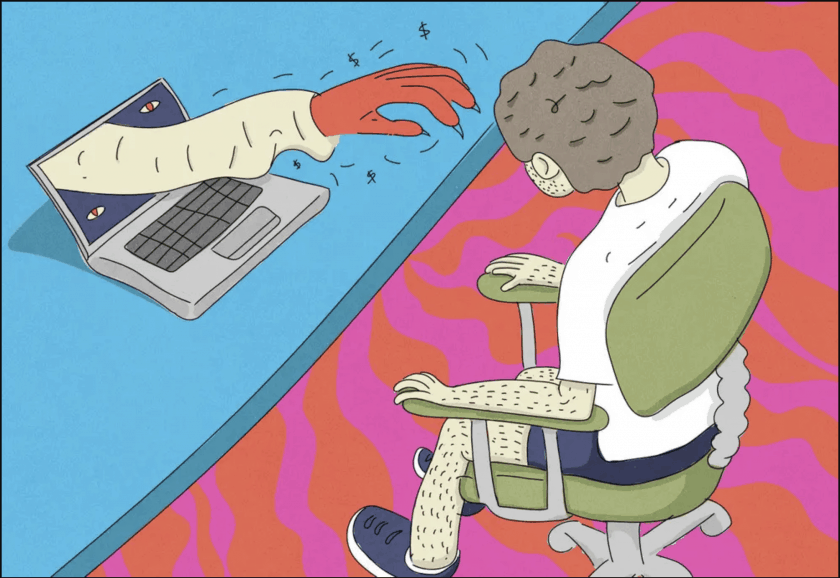Looking for malware removal? The best cure is prevention! There is no shortage of places on the internet where you can read about how computers get infected by a computer virus – just as there is no shortage of ways to get infected – but which viruses are most common, and which are most likely to happen to you?
Today we go over the top five causes, so you know what to look out for while surfing the net or using your email.
1. Opening Links in Emails from Unknown Senders
This is probably the most effective way of disseminating malware. Emails made to look like they are from someone you know are a common tactic for viruses – hackers can even use publicly available data to pretend to be your bank, insurance provider, or some other service in order to intimidate you into believing they are who they say they are.
Be wary! Lots of companies these days try to remind their users that they never use email to ask for any details of any sort, so you can tell when you are being led astray.
2. Downloading Malware from Untrustworthy Sites
It is a common joke these days that browsing vulgar websites is liable to infect you with a virus or two, but the truth is a little more complicated than that. Viruses are present everywhere, not just on sites that have “adult” content. Some viruses can even find their way into very trustworthy and commonly used websites.
For instance, if the virus is convincing enough to pose as a large and well-known business, something as innocent as trying to install a new web browser can lead to infection. A lot of computers will warn you if they suspect software might be malicious, but it is always difficult to tell. Some viruses can even pose as a virus cleaner!

3. Clicking Online Ads
Malicious online ads are called ’malvertisments’ in the tech world, these ads are viruses transmitted by clicking on pop up ads. Usually, ads will run ‘clean’ for a week or two, sometimes even months, in order to build trust. After this period of time, a criminal can implement the virus so that anyone who clicks it from that point on can be infected.
4. Social Media Scams
A more recent tactic, that has gained a lot of traction rapidly, is social media scams. These scams have proven to be a fantastic way for criminals to spread malware. People tend to be more at ease when dealing with people they know, so when a link is sent by a friend whose social media accounts have been compromised, users are much less likely to be suspicious.
The classic example is a viral video that circulated on Facebook, which asked users to install a plug-in so they could watch it. The ‘plug-in’ was in fact a computer virus, which recorded user passwords from their PC, to gain access to all sorts of other accounts.
5. Software that Hasn’t Been Patched Properly
This point is slightly more complicated, and it is one most people forget about. Unpatched software refers to computer programs that have security vulnerabilities that have not been properly fixed before public release. These are often called ‘zero-day’ vulnerabilities, and hackers race to see who can exploit them before they get fixed. Security issues like this can affect anyone – even big companies like Apple or Google. The best way to sidestep this issue is to ensure you run regular updates and wait a day after the software is released so that the publisher has time to realise if there is a problem and can fix it.
Got a Virus? Need malware advice?
If you’ve got questions about virus removal or you think you have a computer virus, our expert Geeks can help you. Give us a call today at 0800 4 A GEEK and we can help you decide what the best course of action is!
IF YOU THINK YOU HAVE A VIRUS AND WOULD LIKE ASSISTANCE BOOK A GEEK TODAY – BOOK NOW
Follow us on Social Media



